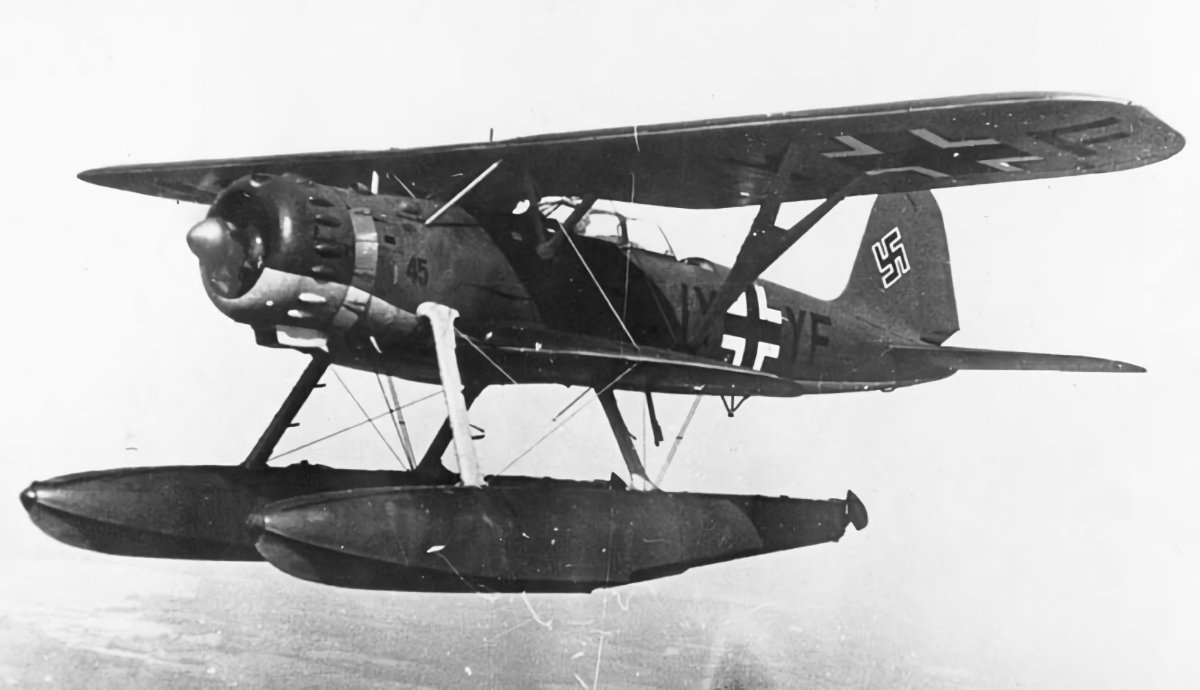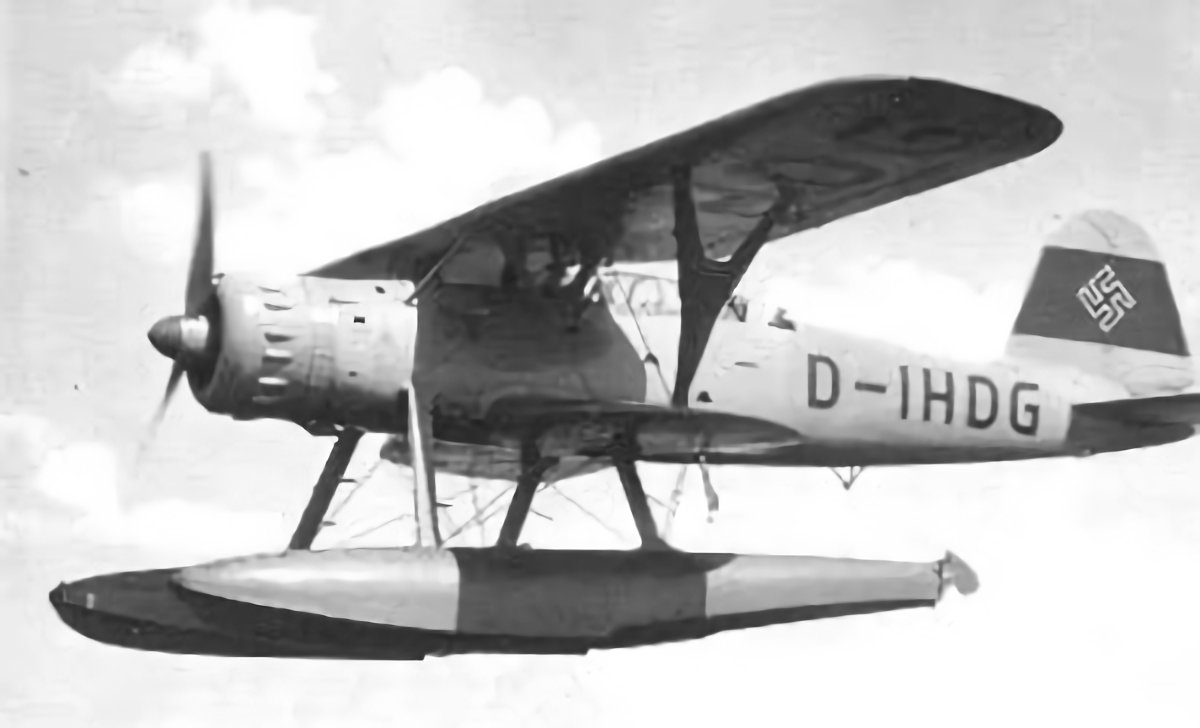Tag: Second World War
-
Heinkel He 114 in German Service

Heinkel He 114 in German Service Designed to relace the Heinkel He 60 on German warships, the Heinkel He 114 floatplane was not a great success and was soon replaced by the Arado Ar 196. He 114 floatplanes were used aboard the hilfskreuzer (auxiliary cruisers or raiders) Atlantis, Pinguin and Widder with each equipped with… Read more
-
Heinkel He 114 in Spanish Service

Heinkel He 114 in Spanish Service Spain purchased twelve Heinkel He 114 floatplanes. the last was retired in 1954. Read more
-
Heinkel He 114

Heinkel He 114 The Heinkel He 114 was a two-seat twin float shipborne reconnaissance seaplane built for the German Navy in the 1930s. It was designed to replace the company’s He 60, but did not remain in service long before being replaced in turn by the Arado Ar 196 as Germany’s standard observation seaplane. The… Read more